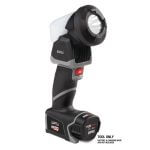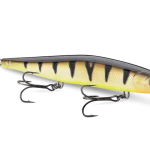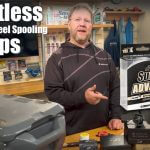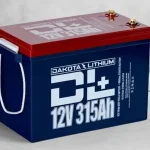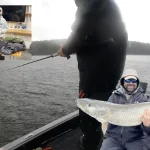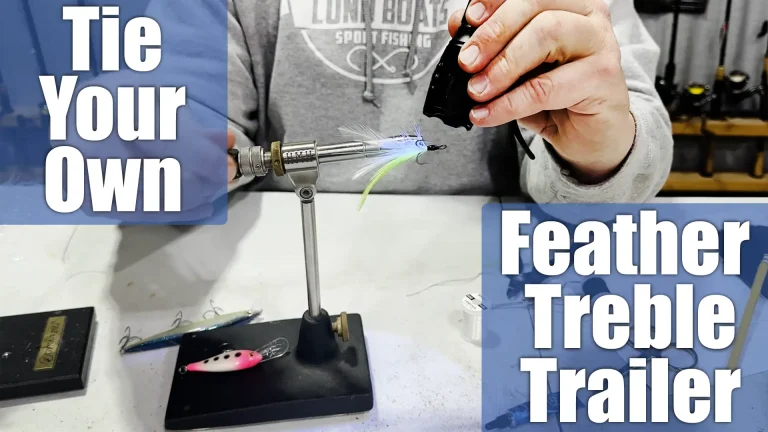Jerkbaiting big brook trout on the Nipigon River, Ontario.
These fish love current and they have positioned themselves on a current seam. They cast across the seam and hook into a nice brook trout.
They continue fishing and hook into another brook trout. This time, the narrator needs assistance from his fishing partner to net the fish. They successfully land the fish and marvel at its vibrant colors. The narrator mentions that these fish are similar to smallmouth bass in terms of the baits they hit. He recommends having jerkbaits,
spinners, and jigs in your tackle box when fishing for brook trout.
In the river or current environment, the fish are attracted to visible current breaks and ambush spots. In the wider lake sections, they can be found around broken rock humps, shallow weed bays with adjacent rocks, and big island clusters with a mixture of rock, wood, and weeds.
The team adjusts their fishing patterns based on the current conditions. They mention that if there is no flow in the river, the bite can be tough as the fish drop to the bottom and wait for the current to pick back up. In such situations, they target wider lake sections and fish island and reef clusters where the fish are more likely to be roaming around.
The narrator emphasizes that brook trout fishing in the Nipigon region does not require extremely light fly-type gear. They use lightweight spinning gear with braided super line and fluorocarbon leaders. They fish with aggressive triggering baits like X-Raps to provoke aggressive strikes from the brook trout.
The team continues fishing and hooks into more brook trout. They encounter a big fish in the current and struggle to land it. After a few attempts, they successfully net the fish and admire its size. The team discusses the beauty of the brook trout and how similar they are to smallmouth bass in terms of their behavior and the baits they hit. They recommend having jerkbaits, spinners, and jigs in your tackle box when fishing for brook trout in Northwest Ontario.
They also discuss the different locations where brook trout can be found. In the river or current environment, the fish are attracted to visible current breaks and ambush spots. In the wider lake sections, they can be found around broken rock humps, shallow weed bays with adjacent rocks, and big island clusters with a mixture of rock, wood, and weeds.
The team adjusts their fishing patterns based on the current conditions. If there is no flow in the river, they target wider lake sections and fish island and reef clusters where the fish are more likely to be roaming around. They use lightweight spinning gear with braided super line and fluorocarbon leaders to fish with aggressive triggering baits like X-Raps.
Throughout the video, the team hooks into several brook trout and admires their beauty. They mention that these fish are a joy to catch and bring great joy, peace, comfort, and hope to their lives. They express their love for the Bible and how it impacts their lives in a positive way.
In conclusion, the Angling Edge team explores the adventures of Canadian brook trout fishing in Northwest Ontario. They discuss the beauty of the fish, the baits they hit, and the different locations where they can be found. They emphasize the importance of using the right equipment and adjusting fishing patterns based on the current conditions. Overall, they have a great time fishing for brook trout and encourage others to experience the joy and excitement of this type of fishing.
To watch the full video, visit here.
hing and hook into another brook trout. This time, the narrator needs assistance from his fishing partner to net the fish. They successfully land the fish and marvel at its vibrant colors. The narrator mentions that these fish are similar to smallmouth bass in terms of the baits they hit. He recommends having jerkbaits, spinners, and jigs in your tackle box when fishing for brook trout.
In the river or current environment, the fish are attracted to visible current breaks and ambush spots. In the wider lake sections, they can be found around broken rock humps, shallow weed bays with adjacent rocks, and big island clusters with a mixture of rock, wood, and weeds.
The team adjusts their fishing patterns based on the current conditions. They mention that if there is no flow in the river, the bite can be tough as the fish drop to the bottom and wait for the current to pick back up. In such situations, they target wider lake sections and fish island and reef clusters where the fish are more likely to be roaming around.
The narrator emphasizes that brook trout fishing in the Nipigon region does not require extremely light fly-type gear. They use lightweight spinning gear with braided super line and fluorocarbon leaders. They fish with aggressive triggering baits like X-Raps to provoke aggressive strikes from the brook trout.
The team continues fishing and hooks into more brook trout. They encounter a big fish in the current and struggle to land it. After a few attempts, they successfully net the fish and admire its size. The team discusses the beauty of the brook trout and how similar they are to smallmouth bass in terms of their behavior and the baits they hit. They recommend having jerkbaits, spinners, and jigs in your tackle box when fishing for brook trout in Northwest Ontario.
They also discuss the different locations where brook trout can be found. In the river or current environment, the fish are attracted to visible current breaks and ambush spots. In the wider lake sections, they can be found around broken rock humps, shallow weed bays with adjacent rocks, and big island clusters with a mixture of rock, wood, and weeds.
The team adjusts their fishing patterns based on the current conditions. If there is no flow in the river, they target wider lake sections and fish island and reef clusters where the fish are more likely to be roaming around. They use lightweight spinning gear with braided super line and fluorocarbon leaders to fish with aggressive triggering baits like X-Raps.
Throughout the video, the team hooks into several brook trout and admires their beauty. They mention that these fish are a joy to catch and bring great joy, peace, comfort, and hope to their lives. They express their love for the Bible and how it impacts their lives in a positive way.
In conclusion, the Angling Edge team explores the adventures of Canadian brook trout fishing in Northwest Ontario. They discuss the beauty of the fish, the baits they hit, and the different locations where they can be found. They emphasize the importance of using the right equipment and adjusting fishing patterns based on the current conditions. Overall, they have a great time fishing for brook trout and encourage others to experience the joy and excitement of this type of fishing.



